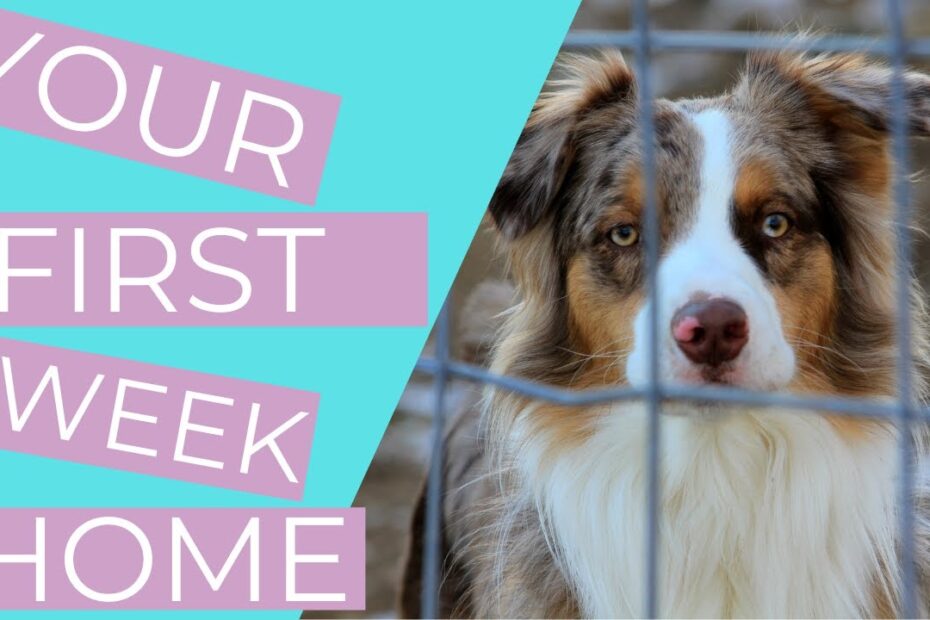What is the 3-3-3 rule for rehoming dogs?
Imagine adopting a dog and thinking, “Great, instant best friend!” only to realize your new pup is more like a confused time traveler adjusting to a new dimension. That’s where the hilarious yet spot-on 3-3-3 rule for rehoming dogs comes in—it’s like a canine comedy sketch where the punchline is patience. This rule helps new pet parents navigate the awkward early days, reminding us that dogs don’t just wag their tails and blend in like pros; they need time to decompress, much like how you’d need a week to recover from a bad haircut.
To break it down without spoiling the fun, here’s a quick rundown of the 3-3-3 rule’s stages in all their goofy glory:
- 3 days: Your dog is in full survival mode, sniffing everything like a detective on a caffeine binge and possibly hiding under the bed—think of it as their “what have I gotten myself into?” phase.
- 3 weeks: Things start to click, and your furry sidekick might finally show their true personality, from zoomies around the house to begging for treats—it’s the “okay, maybe this family isn’t half-bad” moment.
- 3 months: By now, your dog is basically part of the squad, fully settled and ready for adventures, proving that even the most skeptical pooch can turn into a loyal couch potato pal.
What is the best way to find a new home for a dog?
Finding a new home for your dog doesn’t have to feel like a comedy of errors, where you’re basically auditioning humans like they’re trying out for a role in your pup’s life story. The best way is to partner with reputable animal shelters or rescue organizations, who act as the ultimate doggy matchmakers—think of them as furry-hearted Cupids armed with adoption forms instead of arrows. These pros handle the screening process, ensuring your four-legged friend lands with someone who won’t just tolerate their zoomies but actually celebrate them, all while saving you from the awkwardness of DIY rehoming mishaps, like when your dog decides to “interview” potential owners by stealing their snacks.
To make this paw-sitively smooth transition, follow these key steps in your rehoming adventure:
- Evaluate your dog’s personality: Pinpoint if they’re a high-energy explorer or a lazy lap warmer, so you can describe them honestly without turning it into a hilarious exaggeration.
- Gather essential info: Collect health records and cute photos to create an appealing profile—after all, every dog deserves a bio that makes potential adopters chuckle.
- Connect with experts: Reach out to local shelters or trusted online platforms to list your dog, turning what could be a barking mad process into a tail-wagging success.
Where to take dogs you can’t take care of?
If your furry friend has turned your home into a whirlwind of chewed shoes and midnight zoomies, don’t despair—there are legit spots to hand over the reins without the guilt trip. Think of it as giving your pup a VIP upgrade to a life of treats and tail wags, minus the accidental furniture redesigns. Places like local animal shelters or rescue groups are your go-to heroes, ready to match your dog with folks who can handle their boundless energy (or at least pretend to). And hey, these options aren’t just about ditching your dog; they’re about ensuring they land in a spot where playtime trumps problem time.
To make this paw-sitively easy, here’s a quick rundown of where to point those puppy paws:
- Animal shelters: These no-nonsense havens often have pros who can assess and rehome your dog faster than you can say “fetch.”
- Rescue organizations: Specialized groups for breeds or needs, perfect if your dog’s more diva than darling.
- Humane societies: They offer resources and might even connect you with fosters, so it’s like a doggy support network on speed dial.
Do dogs miss their owners when rehomed?
Dogs, those furry drama queens of the animal kingdom, definitely feel the sting of separation when rehomed—think of it as their version of a breakup ballad played on repeat in their heads. Research from animal behaviorists shows that pups often experience what’s called separation anxiety, where they pine for their original humans with tail-wagging nostalgia or even a few mournful howls at the moon. It’s not just us projecting; studies, like those from the American Kennel Club, indicate that dogs form strong emotional bonds through routines and scents, making a sudden rehoming feel like losing their favorite chew toy forever. So, yes, your doggo might be plotting a canine comeback tour straight back to you.
To spot if your rehomed pup is missing their old crew, keep an eye out for these telltale signs in an unforgettable list of doggy distress signals:
- Excessive whining or barking, as if they’re auditioning for a sad puppy movie.
- Lack of appetite, because even their kibble tastes blander without the family vibes.
- Clingy behavior with new owners, like they’re afraid you’ll vanish like a squirrel in the park.
These quirks highlight how dogs, with their big hearts and even bigger personalities, aren’t just missing a warm lap—they’re genuinely grieving the change, all while hoping for a reunion plot twist.
